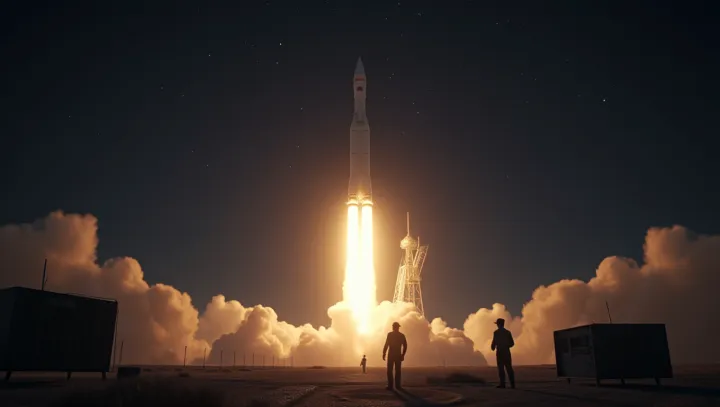Sputnik 1: The Dawn of Space Exploration

The historic launch of Sputnik 1 in 1957 by the Soviet Union signified a monumental leap in space technology. As the first human-made object to orbit Earth, Sputnik 1 catalyzed the vast potential of space exploration and triggered an era of technological innovation that continues to impact contemporary society. Sputnik 1, a spherical satellite equipped with radio transmitters, circled Earth in just under 98 minutes.
This pioneering mission demonstrated the feasibility of putting objects into orbit and set the stage for future space missions, including manned expeditions beyond Earth's atmosphere. The success of Sputnik 1 spurred intense competition and collaboration in the field of space technology, most notably between the United States and the Soviet Union, leading to what is often referred to as the 'Space Race.' Experts in the field, such as Dr. John Lewis from the University of Arizona, underscore how Sputnik 1's launch underscored the critical importance of technological superiority and innovation.
In addition to its impact on space exploration, Sputnik 1 initiated widespread advancements in areas such as telecommunications, navigation, and meteorology. The knowledge and technologies developed during this period laid the groundwork for the sophisticated satellite networks we rely on today for communication, weather forecasting, and global positioning services. This technological revolution began in Moscow but resonated around the globe, affecting various aspects of daily life and setting a paradigm for future scientific breakthroughs.
Such innovations sparked by Sputnik 1 continue to influence contemporary technological development, reminding us of the lasting legacy of this pioneering satellite.
